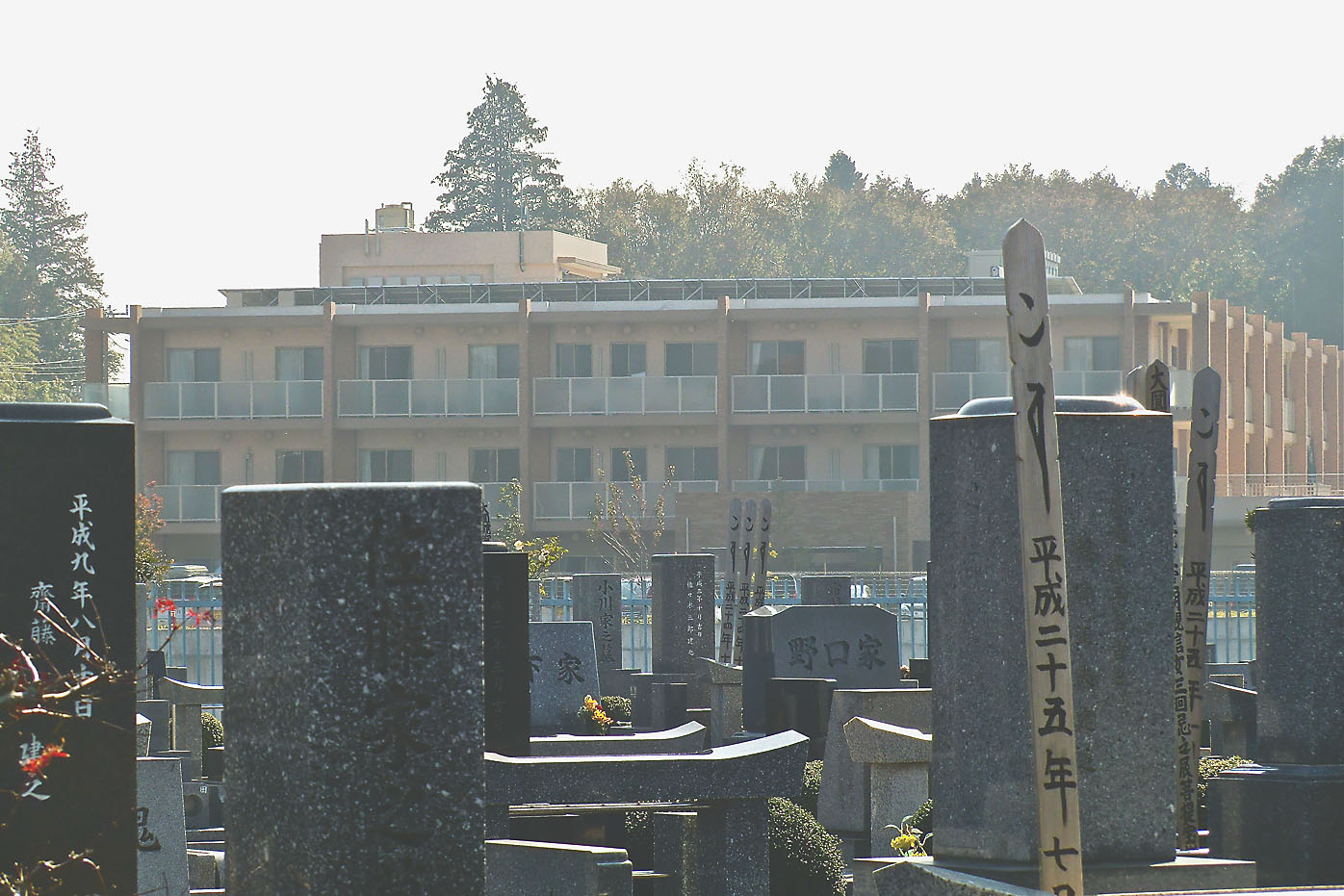In order to address its rapidly aging society, the Japanese government has enacted a variety of measures since the start of the millennium, mostly related to the health care system. A more pressing matter is housing, since so many elderly people will be living on their own compared to the past when extended families more commonly lived together. In this regard, the authorities have lagged behind their counterparts in other developed countries, where the idea of nursing homes and other specialized residences for seniors have been available for decades.
It wasn't until 2000, when the kaigo hoken (nursing-care insurance) law was passed, that the government took a real interest in nursing homes. As part of the law, the central government provided assistance to startup businesses in the field of senior care, including the construction of facilities. As a result, nursing homes became a growth business, and as with all new endeavors there were many problems the authorities didn't sufficiently plan for, including high-profile scandals involving false financial reporting for licensing purposes, as well as safety problems, such as the fire that killed 10 residents in a Gunma Prefecture nursing home in 2009. Because of its small size, that facility was not required by law to have sprinklers or even fire alarms.
Japan has hundreds of these small nursing homes, most of them built in the past 15 years, which take advantage of cheap land in remote areas. Local governments in more populous regions often transfer seniors with low incomes to these nursing homes because the ones in their jurisdictions don't have enough room. This means those seniors are being forced to relocate to unfamiliar places because they can't afford care where they live.



















With your current subscription plan you can comment on stories. However, before writing your first comment, please create a display name in the Profile section of your subscriber account page.